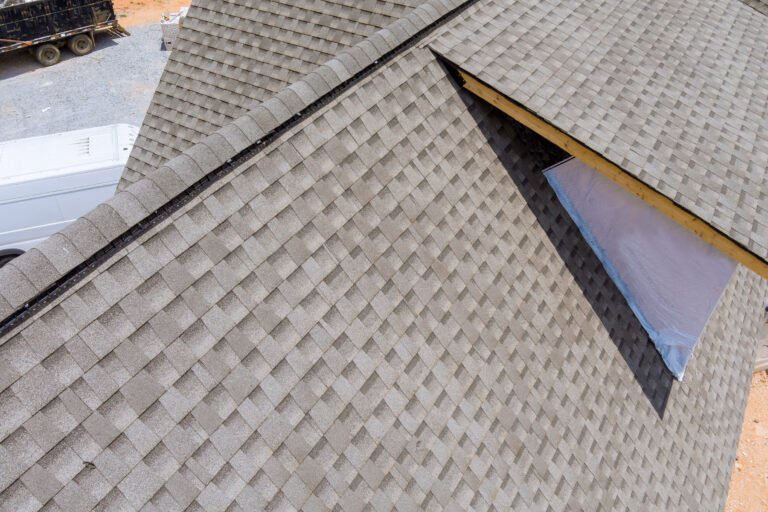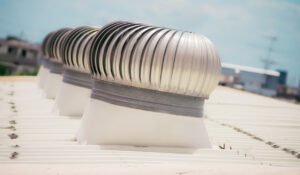Planning to get a ridge vent? Then it’s time to be aware of common ridge vent problems and tricks to solve them without a mechanic.
Ridge vents can leak and fail due to excessive snow or roof gaps. But this article will warn you about the signs of a failing vent and list all the problems you might face. There are a few tips and solutions for better help at the end too!
Key Takeaways
- Ridge vents are prone to leaking, clogging, backflow, and poor temperature control if not installed rightly.
- These vents might not function efficiently with other venting systems, and you might need additional tools to boost the airflow!
- Small insects, pests, and flying rodents may enter the attic through gaps at the ends of ridge vent ducts and clog them.
- Ridge vents pose high maintenance and repair costs. But you can repair the faulty vent with our step-by-step guide! Read on to get a better understanding of ridge problems, their causes, and solutions.
What Is a Ridge Vent & What Does It Do?
A ridge vent is a meshed slot vent at the roof’s apex or ridge line. It usually sits below the shingles and forces the hot exhaust away from its outlet. Further, this creates a vacuum that lets in the cold air and boosts the airflow.
Some Important Ridge Vent Benefits are:
- It increases ventilation and boosts air circulation.
- It extends the shingle life and saves them from sliding.
- Controls the moisture and reduces fungus.
- It filters the air and keeps pests away.
8 Common Ridge Vent Problems & Their Solutions
Ridge vents need precise calculations, intake, and proper exhaust before installation. And any compact, misaligned vent will cause many problems as follows:
1. Insufficient Insulation and Temperature Control
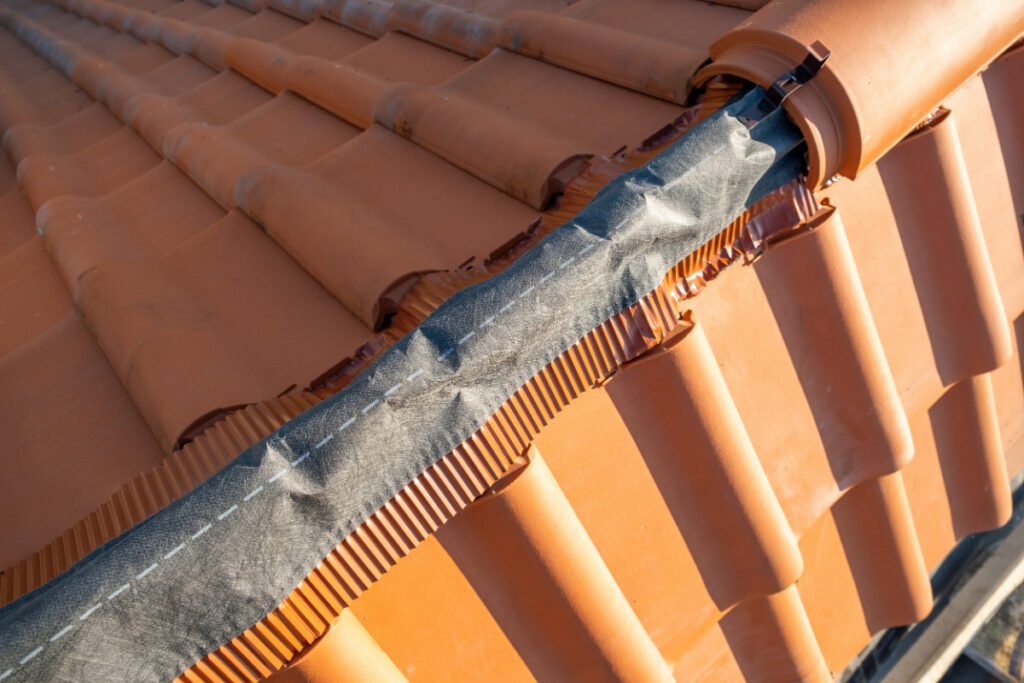
Cause: The airflow decreases with smaller or insufficient intake vents. This reduces circulation and retains hot air within the attic. Thus, they increase the attic temperature, heat the insulation, and lower its performance.
Ridge vents need intake vents to match their high exhaust speed. So, an intake-less ridge vent might fall short of airflow and draw the house’s exhaust into the attic. This exhaust might further heat your attic and increase cooling costs.
Similarly, small ridge vents increase the moisture and seep more water into the attic. So they might loosen the shingles and allow the fungus to grow under them.
Moreover, smaller ridge vents freeze and lose heat during winter, which might hamper the normal airflow and make your attics colder. But, you can still add thick rigid foam insulation or an attic heater to melt the roof snow and retain heat.
Solution: Use one soffit vent per 300 square foot area for better intake and air circulation. You can check our guide on ‘roof vent calculations’ for help.
2. Vent Moisture and Leaking
Cause: Ridge vent leaks occur due to loose fasteners or misaligned vent lines. And extreme rainfall, wind, or snow might seep more water into the ridge vent gaps and cause leaking.
Ridge vents need proper fasteners to seal off all the gaps between the vent and the roof line. However, these sealants often break with the wind, allowing water to seep inside the vent line.
And the wind might even crack the ridge vent cap and cause dampness in the attic. Similarly, the vent sealants might attract fungus and absorb moisture in tropical areas.
So, it’s advisable to scrub them thoroughly or coat them with enamel for better protection. Or, you can even reinforce the fasteners with metal or steel to withstand heavy rain.
Solution: Tighten the ridge vent screws, and add proper bracing or sealants for a tight water seal. And use a ridge vent cap, and seal the gaps with fillers or foam for better moisture control.
3. Ridge Vent Clogging
Cause: Ridge vent clogs occur due to debris from the storm or heavy hail during the rain. Moreover, chipped shingle pieces might slide into the vent and block the airflow.
Ridge vents can clog due to any foreign material or moisture in their venting pipes. And clogged vents might backflow the exhaust and lead to increased mildew with time. Plus, it might even reduce the air circulation in the attic and increase heat.
Solution: Use a high-pressure water hose and run water to drain the clog down the vent. Or, you can use a plumbers snake or vacuum cleaner to remove the smaller particles and dust.
4. Pests & Breeding
Cause: Ridge vents have a wider cover and leave some gaps at the ends of the central duct. So, smaller insects and flying rodents can easily squeeze inside and enter the attic.
Ridge vents have a filter to eliminate bigger birds and pests. But, they must have a sieve to block smaller insects and prevent their breeding.
Smaller pests will not only enter the attic through the vent but also bring in bacteria that might damage the rafters. And they might lay eggs inside the vent, clogging it completely. Or, they might chew the insulation and hamper the vent’s exhaust speed.
Solution: Add a blocking material or 0.2mm sieve along the length and sides of the ridge vent to avoid pests. Or, you may install a tighter ridge vent cap and spray some neem oil to repel the insects in tropical areas.
5. Passive Ventilation
Cause: Ridge vents aren’t compatible with different venting systems. And they might lower the exhaust speed or cause a moisture problem if paired with any roof turbine or attic fan.
Heavy-duty attic fans or blowers absorb the exhaust from the ridge vent and let it back into the attic. This increases the temperature of your attic and puts more pressure on the ridge vent. And it might even reduce the fresh air intake and cause suffocation.
Similarly, blowers might block the ridge vent’s path and reduce the air circulation in the attic. This leads to more moisture absorption and might damage the rafters. Or, it might dampen the insulation and lead to more humidity and leakage in the attic.
Solution: Do not directly connect the attic fan to the ridge vent and use 3 – 4 gable vents to maintain airflow. Alternately, use different static or solar-powered roof vent types to increase the ventilation with a ridge vent.
6. Improper Exhaust & Backflow
Cause: Windy regions or smaller ridge vents don’t allow the exhaust to rise and redirect it back to the house.
Uninsulated or smaller ridge vents discharge the exhaust at a slower rate. So, the surrounding air might forcefully enter the attic, disturb the circulation inside, and make it cold.
Moreover, the extra backflow might absorb more humidity and moisten the insulation. So, it’s advisable to add some more static vents and a ridge vent cap to maintain the exhaust speed in windy areas.
Solution: Add an external baffle or fabric over the ridge to save the vent from the strong air currents. Or, you can add a small exhaust fan near the ridge vent and increase its speed.
7. High Initial Cost
Ridge vents have a high initial and maintenance cost, about $1000-2000. Plus, they might not adapt to older homes and cost more for the roof redesign and intake venting. The sealants, fasteners, and caps might cost about $2000-3000.
Solution: Divide the ridge vent into smaller fragments and install them part-wise to lower the costs. Similarly, add an external baffle or use a ridge cap to minimize the repairs.
8. Doesn’t Work with a Flat Roof
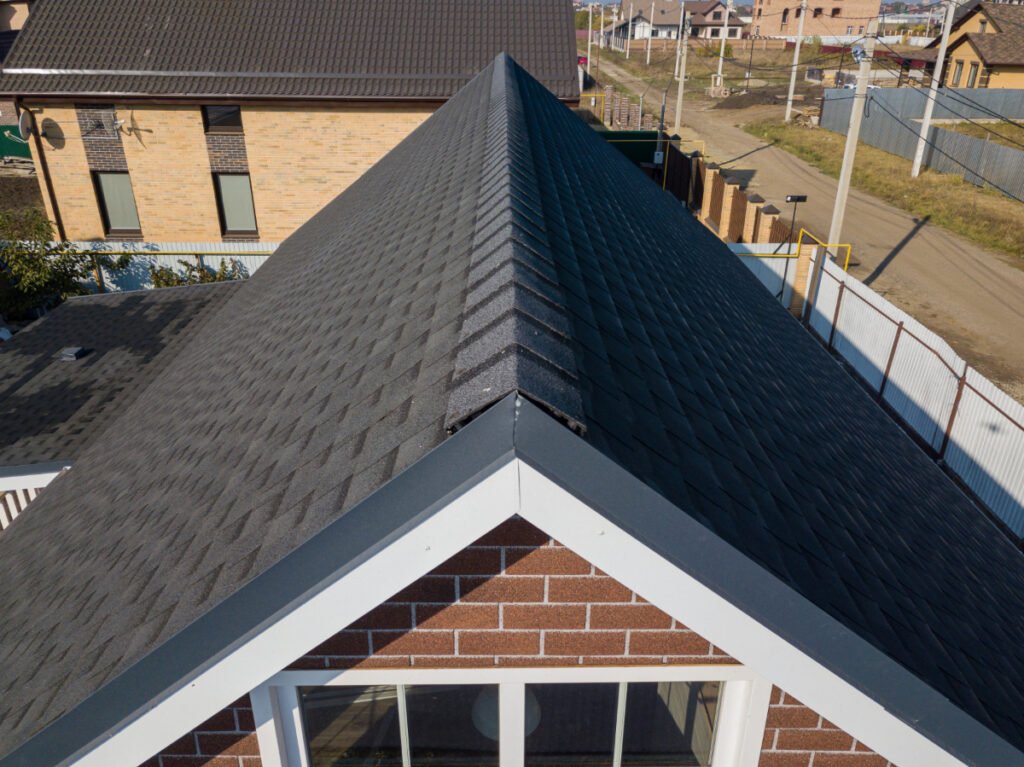
Ridge vents need a pitched roof for faster exhaust. They cannot maintain the airflow in flat attics and might trap moisture and heat.
And since flat roofs don’t have a ridge line, you won’t be able to protect the vents from the weather. So they might rust quickly.
Solution: Install the ridge vents at the apex of a pitched roof and add a gradual slope for more ventilation. Alternately, you can install the vents with some gaps and projections on your shed roof too!
How to Repair a Ridge Vent Efficiently?
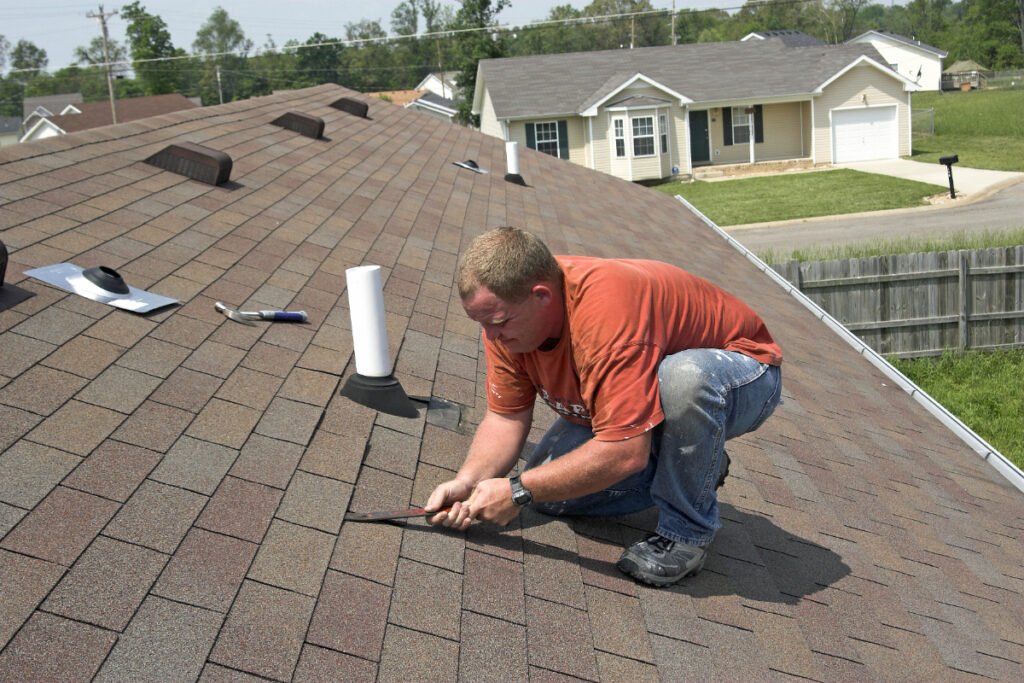
Repairing ridge vents is easy and can be DIY if you have identified the problem. Then, just arm yourself with ladders, safety equipment, and gloves, and floor the steps below to repair it in no time!
Tools You’ll Need:
- Roof Ladders
- Safety Ropes
- Flat-headed Hammer
- Small Prybar
- Safety Goggles
- Measuring Tape
- Saw
Materials You’ll Need:
- Working Gloves
- 1 ½-inch Screw
- Styrofoam Insulation
- Wind baffle
Step 1: Set up a ladder against the roof and choose a flat area to keep all the tools and shingle waste. Remember to hoist a safety rope around your waist for protection.
Step 2: Remove the ridge vent’s cap and pull out all the roofing shingles from the damaged vent area using a hammer and a pry bar.
Step 3: Wear your safety goggles and scrape off all the sealant and flashing around the sides. Then, remove the damaged ridge vent area.
Step 4: Measure the space using a measuring tape and cut a new vent according to the dimensions. Use 1 ½-inch screws and nail it back to the roof.
Step 5: Finally, add styrofoam insulation to reduce moisture, or use an external baffle to withstand the wind. Put your shingles back in place and add a sealant.
Tips to Check the Ridge Vent Problems
- Use a thermometer and check if the ridge vent is hotter than the soffit vents to get an idea of the exhaust.
- Use a smoke bomb inside the attic and note its path to identify the clogs or blocked vent areas.
- Shine a flashlight into the vent and check if you can see the other end clearly.
Tips to Enhance the Ridge Vent Performance
- Use a leaf blower or vacuum cleaner to clean all the dirt and debris in the vent and restore its exhaust speed.
- Spray bleach, ammonia, or vinegar to kill the fungus on the ridge vent’s surface and eliminate pests.
- Overlap all the smaller ridge sections and use roof flashing to save the vent from leaking.
- Place sealant along the entire length of the ridge vent and varnish it to lower the moisture.
Can Rain Get Inside Through the Ridge Vents?
Yes, rain can get inside from the sides or broken portions of a ridge vent. So, you must install a ridge vent cap along all sides or a barrel for better protection. Or, you can add roof flashing to drain the excess water effectively.
When Should You Not Install a Ridge Vent?
You shouldn’t install a ridge vent with a flat or low-sloped roof, as the rain, wind, and snow might seep inside and hamper its functioning.
Should a Ridge Vent Span the Entire Roof?
No, a ridge vent doesn’t need to span the entire roof line and can be broken into sections per the roof design and slope. But don’t forget to add a vent cap along each section to protect it from rain.
Ridge vents are certainly good exhaust devices but might cause many problems and clogs due to the rain. So, it’s best to cover them with caps, finer sieves, and sealants to save them from moisture, heating, and pests.
However, ridge vents do not work on flat roofs. So, you might consider a heavy-duty turbine vent for better air circulation. But is a turbine vent better than a ridge vent? You can find the answer in our guide on ridge vent vs. turbine vent!

